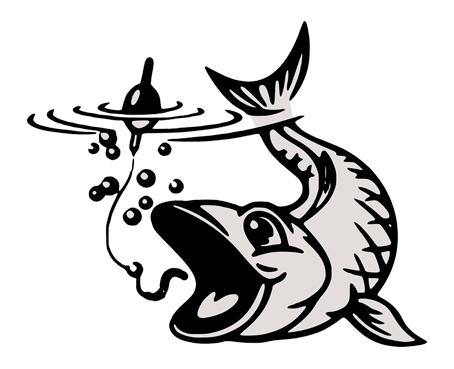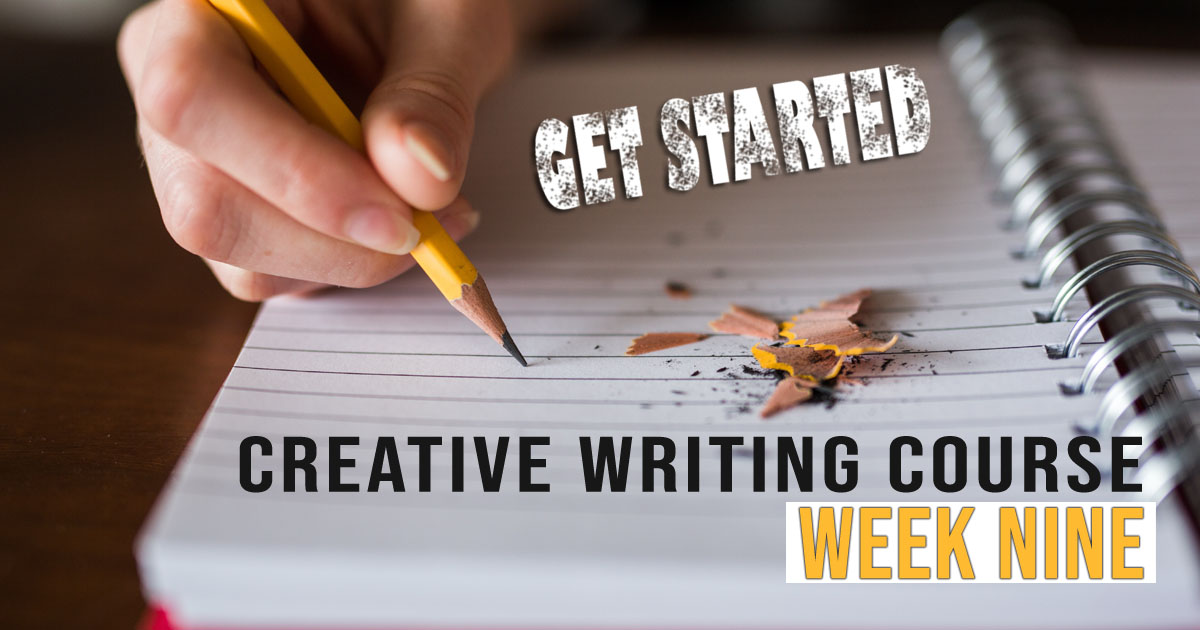The Hook
A narrative hook is a writing technique in the opening of a story that literally ‘hooks’ the reader in so they feel compelled to continue reading.
The length of the ‘opening’ can be anything from the first few paragraphs of a short story, to the first few pages of a novel, but ideally, it occurs in the opening sentence and ‘grabs’ the reader immediately.

You need your reader to ask; ‘who’, ‘what’ or ‘why’ as quickly as possible and then keep reading in order to answer that question. Remember, your reader has a lot of distractions (social media is your biggest rival).
You could begin your story at a pivotal moment, have an unusual situation, serious conflict or dread.
Hook exercise 1
Take a look at a variety of books and see if you can find the intentional hook and rate how effective it is for YOU. Perhaps visit the library and choose a selection of different genre books to see how quickly the hook is set, or are there novels without a discernible hook? Do any particularly ‘grab’ you?
Remember, a hook isn’t a hook for everyone – for some of your audience it may be the very thing that turns them off your story – you can’t please everyone!’
Who is your audience?
The style of your hook will depend on the type of person likely to be interested in your genre of writing. For example, a big explosion probably won’t entice someone who enjoys paranormal romance, or chick lit to keep on reading.
What is the purpose of your opening?
- Are you giving your readers a key piece of information (or a clue)?
- Are you presenting a reason for what comes next?
- Are you jumping straight into a piece of action that will get your readers’ heart racing and compel them to keep reading?
- Perhaps you are pulling your readers into a world that will fascinate or intrigue them.
- Or maybe you will use unusual terminology (medical or scientific, or ‘otherworldly’) that will pique the readers’ interest.
Whatever the hook, you need to understand your reason for using that particular piece of narrative in order to use it effectively.
Hook exercise 2
Create the opening paragraph for a short story in at least three of the following genres. Remember to use different techniques and language, appropriate to the genre. Now test your hook paragraphs on someone else and ask them which ones would make them want to read the whole story.
Romance
Thriller
Fantasy Adventure
Comedy
Science-Fiction
Teen-Angst story
Fairy story
Story for a younger child
Gothic
Ghost Story
A Western
The Cliffhanger

A ‘cliffhanger’ is an unfinished, dramatic or suspenseful situation that leaves the reader on a ‘knife’s-edge’ wondering what will happen next.
The purpose of a cliffhanger is to compel your reader to turn to the next chapter, or to want to come back to your story if they have had to put it down. They are employed at the end of each chapter and, if your book has a sequel, can be used at the end of the book.
(Note: I keep rattling on about compelling your reader to keep reading – it REALLY IS of vital importance!)
Some key points about cliffhangers:
- Often the protagonist is left in a precarious situation
- A cliffhanger is often abrupt – a sharp shock
- A cliffhanger need not be a life or death situation, but it should be something your reader will care about
- A cliffhanger can be a setback – a path that is halted and changed by an event.
Cliffhangers at the end of a chapter
A cliffhanger doesn’t have to be dramatic – although often they are. It can be as simple as an unresolved problem, or an unanswered question that the reader will look forward to finding out what happened.
Will she kiss him?
What will be in the package?
Did she pass her exam?
A reader will expect a swift resolution, or answer to the cliffhanger in the next chapter. Don’t drag it out unnecessarily (or repeatedly) – remember, your reader needs to ‘earn rewards’ from reading your story by gaining satisfying resolutions as well as unexpected twists.
You need to nurture your reader throughout your story; give and take, let them be right and sometimes prove them wrong with their plot guesses. Play with their emotions, but ultimately leave them satisfied and eager for more.
An open ending
Be cautious about ending a story on a cliffhanger because this can upset the readers who like their tales to be neatly tied up at the end. Some stories end on a ‘semi’ cliffhanger, in that the reader is left to ASSUME the ending, based on the evidence given. It is a literary technique that can work well in Paranormal style stories, where an air of mystery is expected and in Romance stories where the ending is often left with the characters looking very much like they are going to get together and the author encouraging that assumption, whilst still leaving the details of the ending open to interpretation.
Cliffhanger exercise
Cliffhangers can come in many varieties – try writing the last paragraph of a chapter for each one of the list below. You can create new characters and scenarios each time, or use the same characters in different scenarios.
For example: [using Emotional] He stared at her, tears burning the corners of his eyes. Could he just spit out the words that would change everything for her?
Emotional
Dire peril
Drama
Personal discovery
Magical event
Tense situation
Unexpected arrival
Sudden disappearance
I would love to see your hooks and cliffhangers, please do post them in the comments below.
